US Air Force to stop operating Lockheed U-2 reconnaissance aircraft
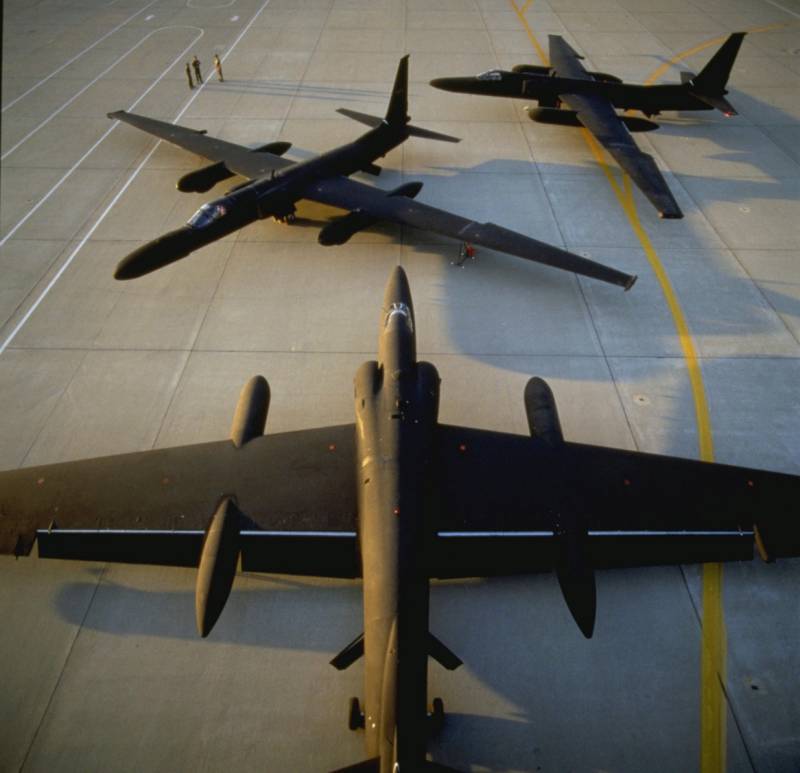
In 1956, the Central Intelligence Agency and the US Air Force began operating the latest Lockheed U-2 high-altitude reconnaissance aircraft. Despite its great age, a certain amount of such equipment is still in service and is used to solve various problems. However, in the coming years, the Pentagon plans to abandon these aircraft. Whether they will receive a direct replacement has not yet been reported.
cash park
Lockheed developed the U-2 aircraft in the mid-fifties. In 1955, the first flight took place, and just a few months later, mass production of equipment for the CIA and the Air Force started. U-2s were produced until the end of the eighties, and by this time more than 100 aircraft had been delivered to customers. As operation and production continued, new modifications were developed with certain features.
The CIA operated U-2 aircraft until the mid-seventies. They were abandoned because of the unacceptably high risks associated with the air defense of a potential enemy, as well as in connection with the emergence of a new generation of reconnaissance satellites. The Air Force, in turn, continued to use the existing aircraft. However, as the operation continued, the number of U-2s in service was gradually reduced for objective reasons.
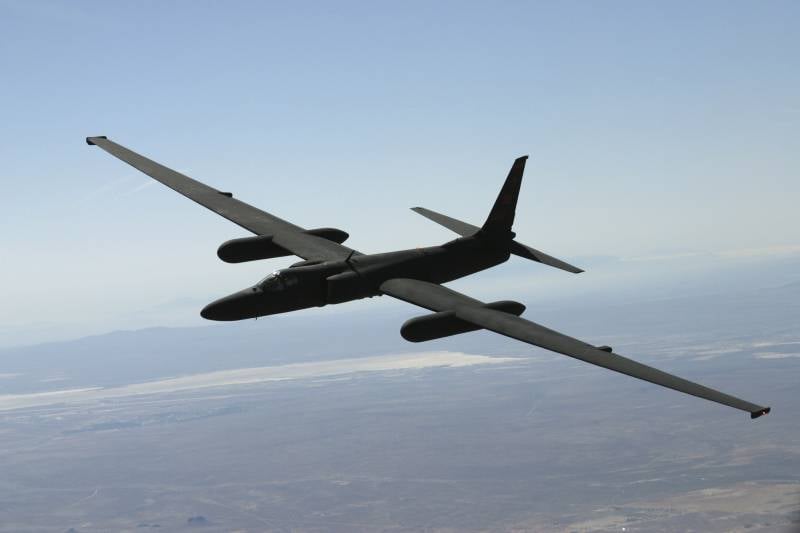
According to open sources, at the moment the US Air Force has only two squadrons on aircraft of the latest U-2S modification. Only 26 of these aircraft remain in stock. In addition, one of the training units has 4 TU-2S training aircraft.
U-2S aircraft are capable of carrying a developed set of optical and electronic equipment for conducting various kinds of reconnaissance. They regularly fly on different routes, but the details of such use remain unknown. However, some episodes still become public. So, in early February, one of the U-2S followed a Chinese balloon flying over US territory.
Plans for the future
On March 13, the US Department of the Air Force published a budget request for the next fiscal year, which will now be included in the draft new military budget. The agency has determined the required level of spending for FY2024, and also disclosed part of the plans for the distant future. In such plans, there was a place for reconnaissance aircraft U-2S - but not the best and optimistic.
The Air Force leadership considers the U-2 aircraft morally and physically obsolete, and therefore their further operation is inappropriate. It is proposed to write off the existing fleet of 30 reconnaissance and training aircraft. The cuts will begin as early as next fiscal year, with the last U-2S to be retired in FY2026.
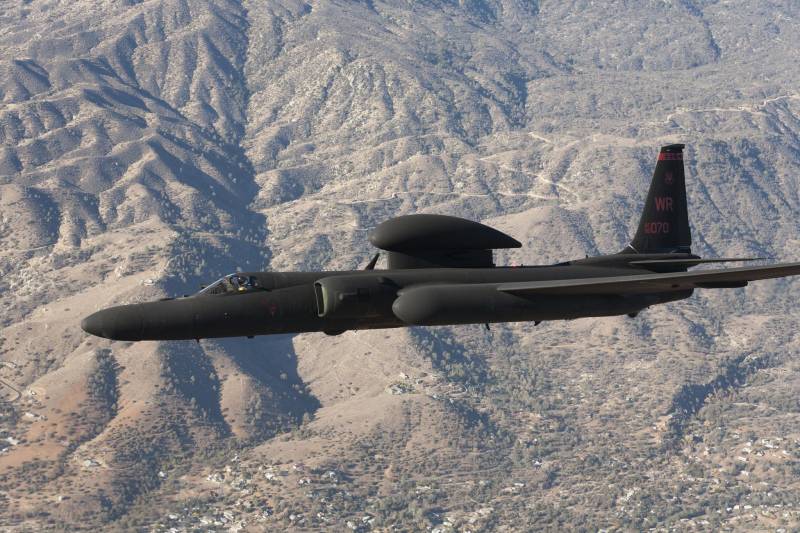
Recall that the operation of the first version of the U-2 began in 1956, and the last aircraft will finish work in 2026. This means that the reconnaissance aircraft will be able to celebrate the 70th anniversary of its service before decommissioning. Thus, we are talking about a record length of service, both in the US Air Force and in world practice.
aerial platform
Typically, the US Air Force begins to write off obsolete aircraft only after a sufficient fleet of new equipment has been formed to replace them. However, U-2 is an exception. Direct analogues of this aircraft, capable of taking its place, were not developed. In this regard, the tasks of the decommissioned U-2s will be transferred to aviation complexes of other classes. Unmanned aerial vehicles are considered in this role, however, it seems that there is no talk of an equal replacement.
The record service life of the U-2 is due to several factors. First of all, this aircraft turned out to be a successful platform with high flight performance, capable of carrying various payloads in the form of various instruments.
The aircraft of the latest U-2S modification with a take-off weight of up to 18,15 tons carries 2,3 tons of payload. The required instruments are placed in the corresponding compartments of the fuselage and in containers under the wing. With the help of a General Electric F118-101 turbojet engine, the aircraft develops a speed of more than 760 km / h and shows a range of more than 11 thousand km. The practical ceiling reaches 24 km.
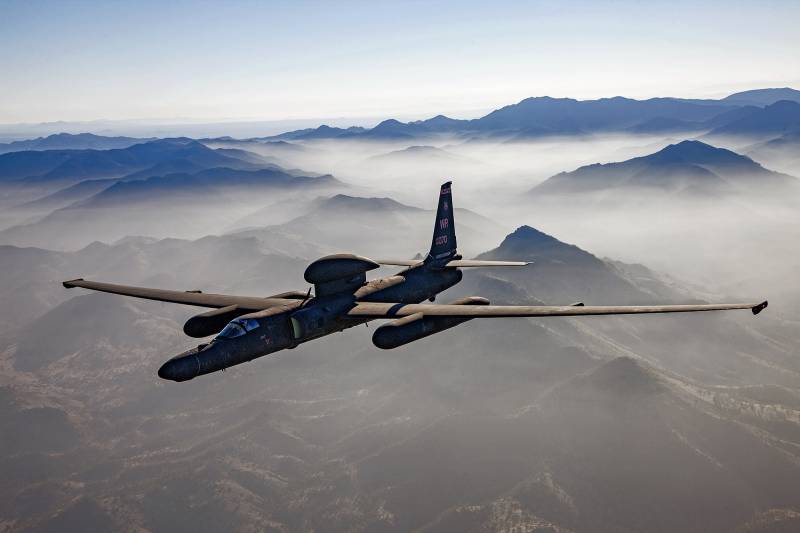
At different times and in different missions, U-2S carried photo and video cameras, side-looking radars, electronic intelligence equipment, etc. Reconnaissance devices of the latest generations are distinguished by high performance, and the high-altitude subsonic platform makes it possible to fully use their capabilities.
Replacement problem
Several types of heavy UAVs are being proposed as replacements for decommissioned U-2 aircraft. In this case, an equivalent replacement will not work. Existing and prospective Drones American designs are inferior to the old aircraft in one way or another, and also face various restrictions.
For example, the largest and heaviest UAV in service with the Air Force is the RQ-4 Global Hawk from Northrop Grumman. The maximum takeoff weight of this aircraft exceeds 14,6 tons, which, in particular, provides a large supply of fuel and allows you to stay in the air for hours. However, the RQ-4 carries only 1360 kg of payload. In addition, the flight speed is limited to 630 km / h, and the ceiling does not exceed 18 km. In fact, the Global Hawk is inferior to the old U-2 in a number of basic parameters, and the existing advantages are not fundamental.
As a possible analogue and / or replacement for the U-2, it is also proposed to consider the Nortrop Grumman RQ-180 UAV, which is currently being tested. However, not much is known about this development yet, and the available data do not show clear advantages over a manned reconnaissance aircraft. It is assumed that the flight characteristics of the RQ-180 will be similar to the current RQ-4. At the same time, it will be distinguished by stealth and will be able to carry a heavier load. Indicators of speed and flight altitude remain unknown.
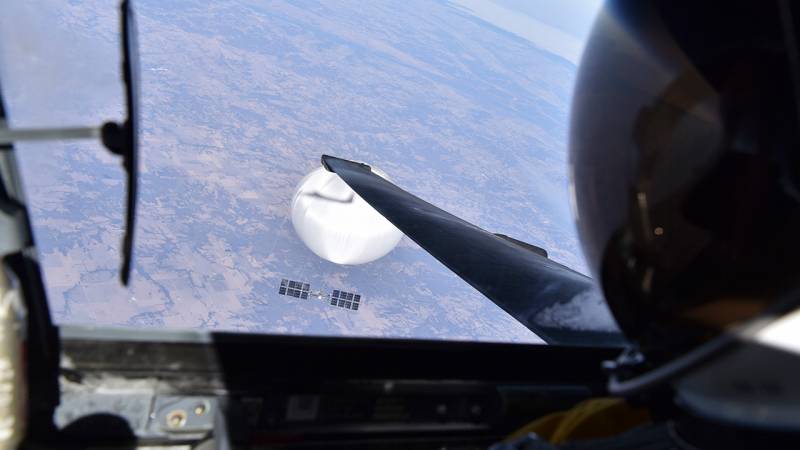
It is quite possible that the RQ-180 will eventually become a direct replacement for the existing U-2S. Also, it cannot be ruled out that the presented schedule for the decommissioning of aircraft will be synchronized with the supply of new UAVs. In this case, the intelligence component of the US Air Force will not only not lose the existing operational capabilities, but will probably improve them. Of course, if the real RQ-180 matches current estimates and forecasts.
End of an era
Thus, the US Air Force decided to end the operation of one of its most famous aircraft. U-2 of the latest series and modifications will still have time to celebrate the next round anniversary of the start of service, but after that they will be decommissioned due to complete moral and physical obsolescence.
What will happen next with the Air Force reconnaissance aircraft fleet is not yet completely clear. This direction is being transferred to unmanned systems of various types, but it is not known which of them will replace the U-2 aircraft. At the same time, all available and known samples are inferior to it in terms of basic characteristics and do not have decisive advantages. How the US Air Force is going to deal with such a situation, time will tell.
- Ryabov Kirill
- US Department of Defense, Lockheed Martin
Information